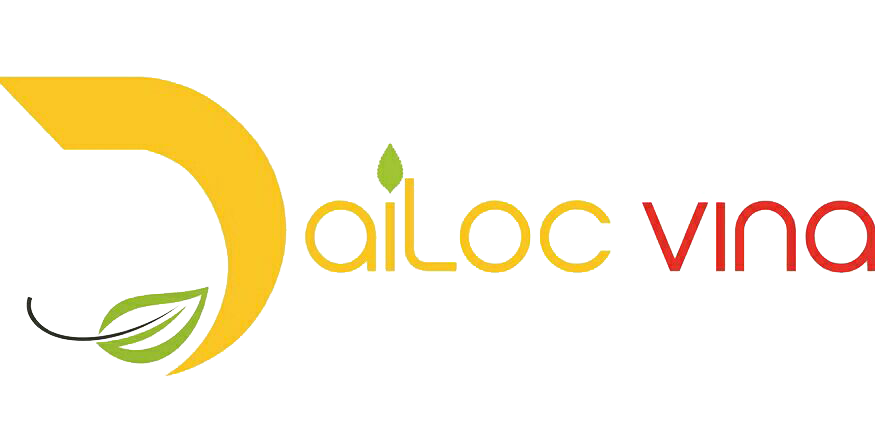News, Vietnamese
COIR NET: BRINGING THE STREAMBANK BACK TO BALANCE THE BEST SOLUTION
Erosion, sedimentation, and streambank deterioration pose continual threats to our streams’ sensitive ecosystems. These risks alter the balance of aquatic ecosystems, threatening their survival. To address these difficulties, streambank restoration with coir net has emerged as a potential and ecologically benign solution.
Dai Loc Vina, a pioneer in the use of coir fiber for environmental solutions, has harnessed the potential of this extraordinary material to create a line of products designed exclusively for streambank restoration. We use coir’s adaptability and biodegradability to safeguard streambanks, maintaining the health of our aquatic ecosystems for future generations.
In this blog, we will look at the intricacies of streambank restoration using coir net, including its benefits, applications, and critical role in waterway preservation.
What is coir net?
Coir Nets are composed of 100% natural, biodegradable coconut fiber that is inherently resistant to decay and mildew. They are great at controlling soil erosion because they hold the soil in place while dissipating the power of heavy rains and run-off water.
Coir nets, which last 3 to 5 years, provide strong soil support while enabling natural vegetation to develop. They will also encourage the establishment of new plants by absorbing water and keeping the topsoil from drying up, resulting in an optimal microclimate for seed germination.
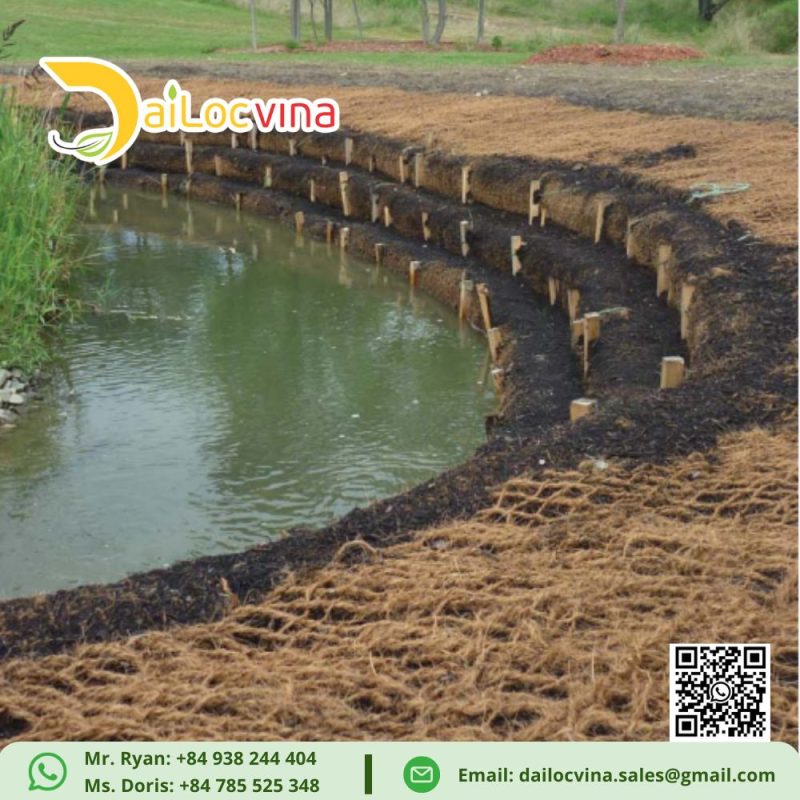
They are available in three sizes: Coir Net 200 gsm, Coir Net 400 gsm, and Coir Net 700 gsm, with the number corresponding to the net’s density in grams per square meter. Higher density nets are more durable and better suited for areas with heavier rainfall or water flow.
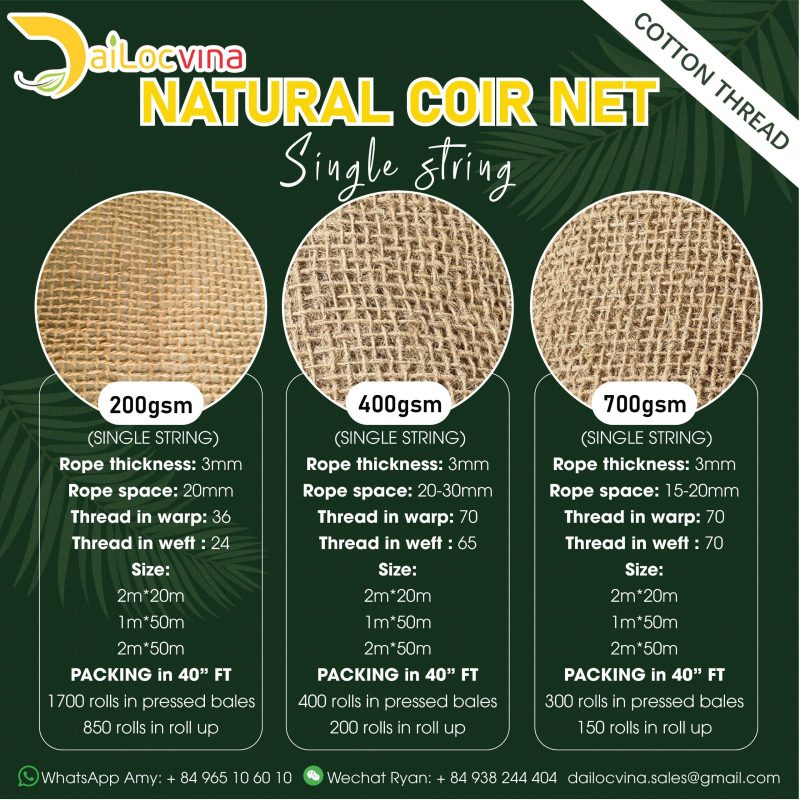
Understanding the Challenges of Coir Net
Before delving into the intricacies of coir net-based restoration, it’s critical to understand the basic issues encountered by streambanks. Erosion is a common problem exacerbated by human activity, urbanization, and harsh weather occurrences. Soil erosion has a detrimental influence on water quality, aquatic ecosystems, and the general stability of streambanks. Traditional restoration techniques, like concrete buildings or riprap, can be environmentally damaging and may not address the underlying reasons of the problem. This is where our coir net products come in, offering a comprehensive solution to all issues.
This is how our Coir Net Streambank Restoration Products can help
Coconut coir net’s environmental benefits extend to erosion management and landscaping, where this adaptable material is a game changer. Coconut coir net is an effective tool for combating soil erosion. They, with their outstanding capacity to absorb moisture and form a protective barrier, are commonly used to stabilize slopes, reduce sediment flow, and promote plant development.
While rain and elements threaten to disrupt landscapes’ delicate balance, these coir net-based solutions provide resilience by protecting the soil, preventing erosion, and encouraging the growth of native plants, all while gradually biodegrading and enriching the ecosystem.
Furthermore, It serves as a reliable partner for landscaping projects. Coir nets are important in business landscapes, public parks, and residential gardens. These elongated structures made of densely packed coir fibers act as natural buffers, slowing water flow and filtering particles while also helping to stabilize shorelines, manage silt, and restore habitats.
It, an aesthetically beautiful alternative to traditional techniques, protects the environment while preserving the beauty of outdoor settings. Furthermore, coir’s capacity to encourage healthy root development, retain moisture, and enhance soil structure helps to build and maintain landscaped spaces.
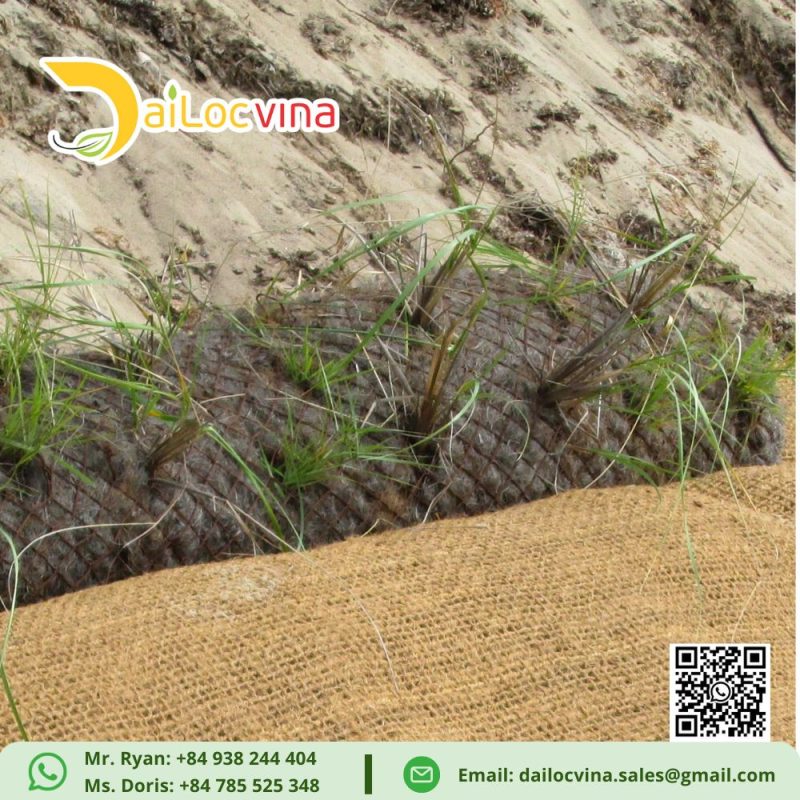
Erosion Control: It is a natural erosion control material that prevents soil loss along stream banks. When used as erosion control blankets or mats, coir serves to stabilize the soil, decreasing the influence of water flow and conserving the structural value of the streambank.
Vegetative Support: One of its distinguishing features is its capacity to promote plant development (even in difficult-to-grow environments). They provide a perfect habitat for seed germination, fostering the growth of natural plants. The roots of these plants help to anchor the soil, increasing stability and reducing erosion.
Biodegradability: Coir, unlike artificial substances, is biodegradable. As the coir net products decompose, they feed the soil with organic matter, adding to the general health of the ecosystem. This natural deterioration assures that the restoration procedure is compatible with the environment.
Flexibility and adaptability: Coir net-based systems may be tailored to a variety of streambank types. Whether dealing with steep banks, uneven surfaces, or difficult topography, it may be tailored to the restoration project’s individual requirements.
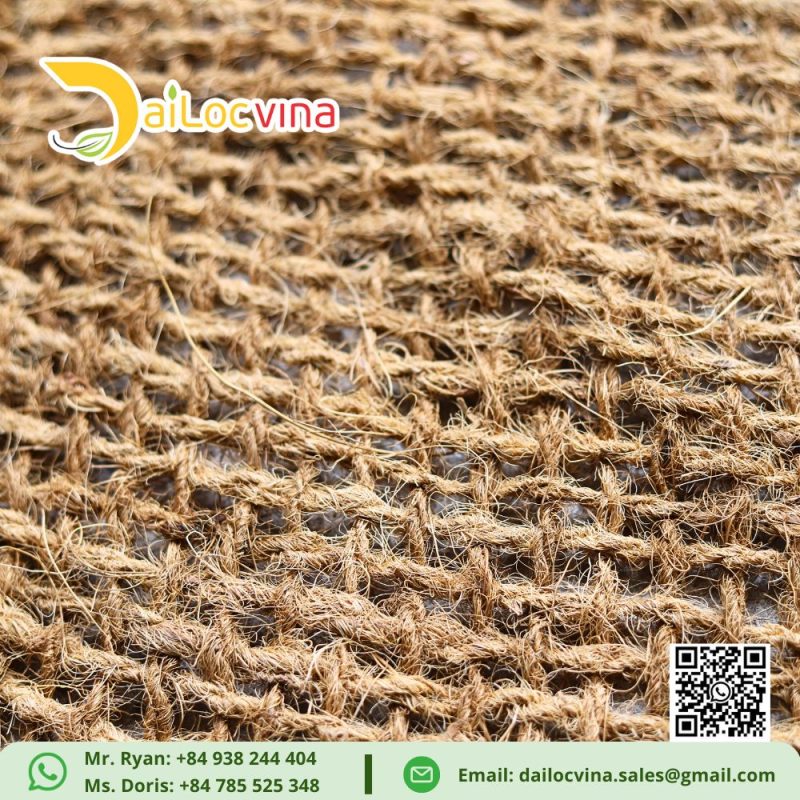
As we confront more environmental issues, sustainable approaches such as coir net-based restoration become increasingly important. Aside from streambank restoration, DAI LOC VINA offers coir wetland restoration goods, beach restoration products, coir shade sail sun protection, and a variety of other environmentally beneficial items. Contact us now to learn more about our goods.
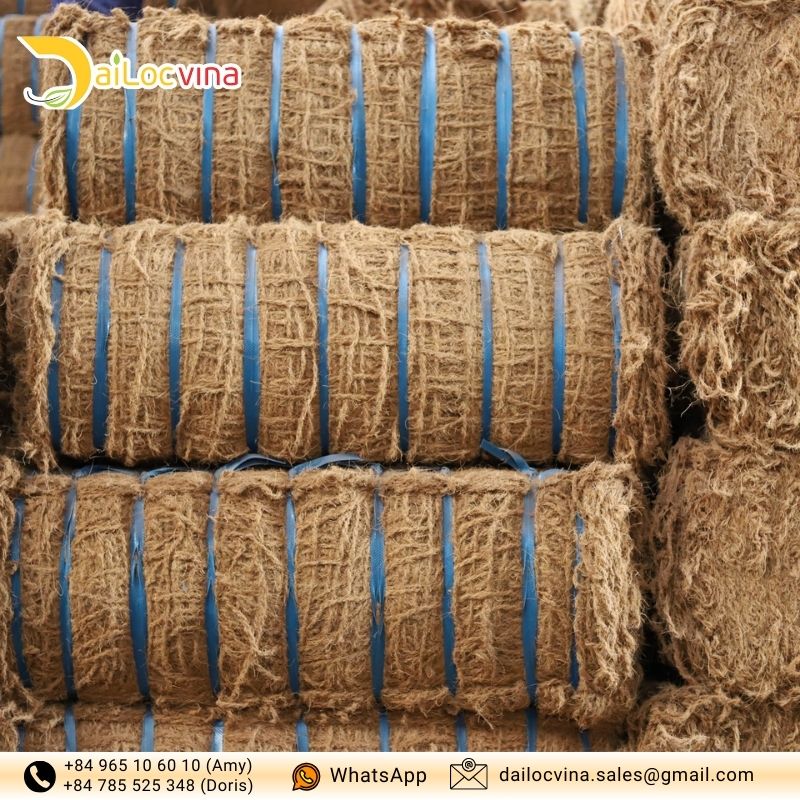
If you have inquiry, please contact our team sales:
Mr Ryan (Vietnam): +84 938244404 (Kakaotalk, Wechat, Whatsapp)
Ms. Doris (English): +84 785525348 (WhatsApp/ Wechat)
Amy (English) :+84 965106010 (WhatsApp/Wechat/Kakao)
Ms.Lan ( 한국 영업 담당자 ): +84 969273598 | Kakaotalk ID: hoailan98
阮秀钗 (中文): +84 933320776 微信ID:TuTram1008
Website: https://cocohitech.com/ (English)
Website: https://kr.cocohitech.com/ (Korea)
Website: https://cocohitech.jp/ (Japan )
Youtube: https://www.youtube.com/watch?v=zX5ZM0szC6k
